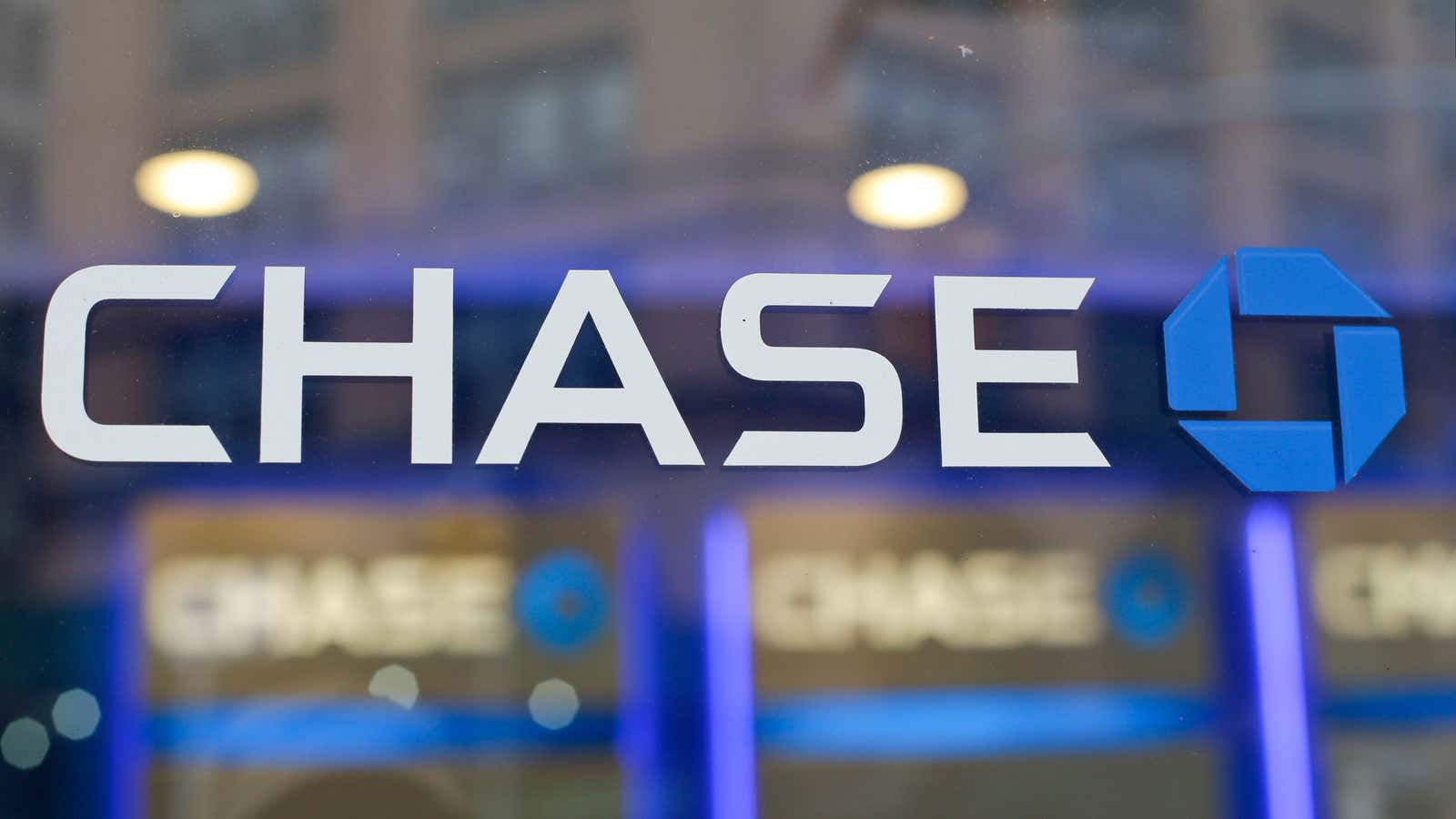When it comes to banking, millennials are an anomaly. The Venmo generation doesn’t visit bank branches, write checks, or even use credit cards.
By one estimate, 63% of millennials don’t have credit cards, so it’s curious they’re suddenly fawning over a new, perhaps viral, card on the market. The Chase Sapphire Reserve has been a hit since it was revealed in late August. It’s taken on coveted-gadget status, complete with unboxing videos and Reddit posts with thousands of comments. The Sapphire Reserve, which is embedded with metal making it heavier than typical credit cards, proved so popular that Chase actually ran out, leading it to issue temporary plastic cards.
Banks have had a hard time courting millennials, but Chase believes it’s cracked the code by tapping into their wanderlust. The perks of the Chase Sapphire Reserve include lounge access at airports, a $300 annual travel credit, a $100 credit toward an application for TSA Global Entry or Pre-Check (both programs expedite airport screening), and three points for every dollar spent on travel and dining. For frequent travelers, these rewards might make the steep $450 annual fee (plus $75 a year for each additional cardholder) worth it.
These perks were carefully calculated by the bank to lure millennials. At a conference held by Barclays this month, JP Morgan’s head of consumer banking, Gordon Smith, gave a presentation that said “millennials spend more of their ‘wallet’ on experiences than other generations,” according to a deck obtained by Quartz. It defines “experiences” as travel, entertainment, and dining. The chart below breaks out how much millennials spend by category as a percentage of their total annual spending, according to the bank.
The interesting thing is Chase already had a pretty popular travel card, the Chase Sapphire Preferred, which for $95 a year (waived the first year) offers decent, but less lavish rewards. All of a sudden, customers found themselves debating between the two, a comparison of which is below:
Still, with stagnant wages and student loans piling up, millennial are playing catch up with their finances. Chances are many of them are better off with a card that’s less flashy and viral, but more fiscally responsible.
